How big is the gap between the domestic solid-state hard drive and the first-class in the world? You can see it at a glance.
How big is the gap between the domestic solid-state hard drive and the first-class in the world? You can see it at a glance.
When the price of internal storage and solid-state disk zoomed last year, the most anticipated thing for everyone was that domestically produced products could enhance competitiveness, and bring products that were cheap and straightforward to use. There are a lot of SSDs with the name of ‘domestic made’, but compared to the master control, everyone is more looking forward to see ‘domestic made’ can make an icebreaking progress of flash internal storage.

Not long ago, UNIS introduced two solid-state disk: S100 and P100. One storage geek bought a 256GB UNIS S100. Take the consummate Toshiba TR200 as a reference, let’s see the performance of this elementary SSD, SATA.
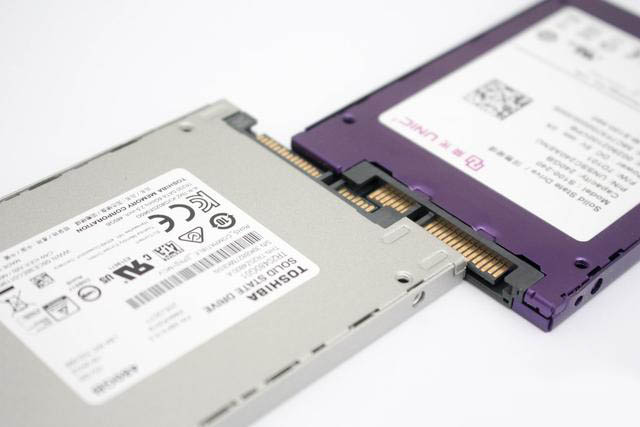
There is a lot of controversy about the UNIS S100, and the origin of it seems to have great doubts. The place of origin of the UNIS S100 is Taiwan, but the origin of the Toshiba TR200 is China. Generally speaking, the place of origin of electronic products refers to the place of the final package, such as Intel's CPU has ‘Made in China’ (the boxing version). Toshiba's flash internal storage has only one place to manufacture, and that place is Japan. However, there are three places of final package for Toshiba's flash internal storage, they are Japan, China, and Taiwan. TR200’s place of package is in China, and thus it is marked with ‘Made in China’. So why UNIS S100 is marked as ‘Made in Taiwan’?
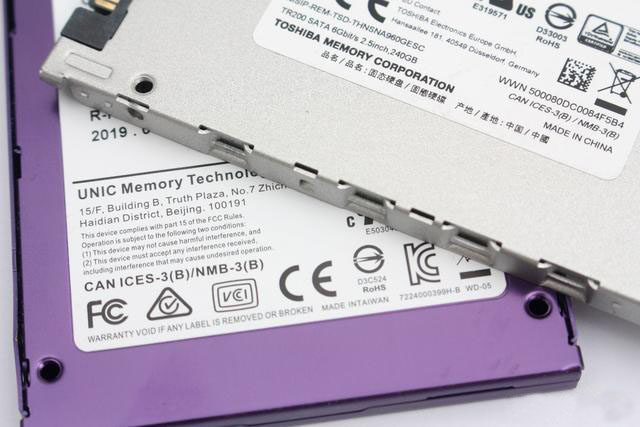
We have not seen the news that UNIS set up a factory in Taiwan. Some people think that the UNIS S100 is a foundry of Taiwan's LiteOn, and there is no different from pure OEM products such as COLORFUL, Lenovo and Hewlett-Packard. But this speculation has not benn confirmed by UNIS or LiteOn. The S100 is not a product of YMTC. Some domestic players also found that the UNIS flash internal storage which is the same as that used by the P100 is actually an Intel parameter through the flash ID recognition tool. Those suspicious questions can't be answered by the editor for the time being.
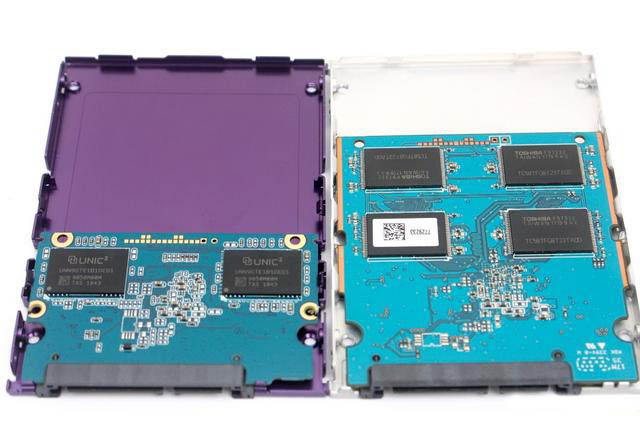
Next is the dismantling corner that everyone. Both the UNIS S100 and the Toshiba TR200 are metal-encased and screw-free. With the same 240GB capacity, the UNIS S100 uses BGA-package flash internal storage, which is less than half of the number of Toshiba TR200.

Remove the PCB board, the master control of the Toshiba TR200 is covered by a thermal pad, but the UNIS S100 is not processed. Fortunately, the heat generated by the Phison PS3111 master is much lower than the common Silicon Motion’s SM2258XT.
For Toshiba's TC58NC1010GSB master control, the hardware base of it is also the Phison PS3111. It can be said that it has the same level as the S100. The performance of it depends on the flash storage and the corresponding firmware matching level.
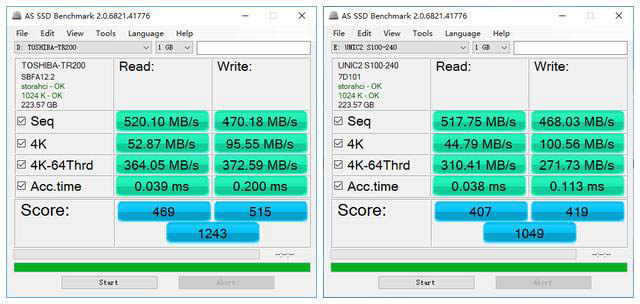
The result of the AS SSD Benchmark test is that Toshiba TR200 wins. S100 only has a slight advantage in 4K single-thread random write and Acc.time, and the overall performance is not as good as TR200.
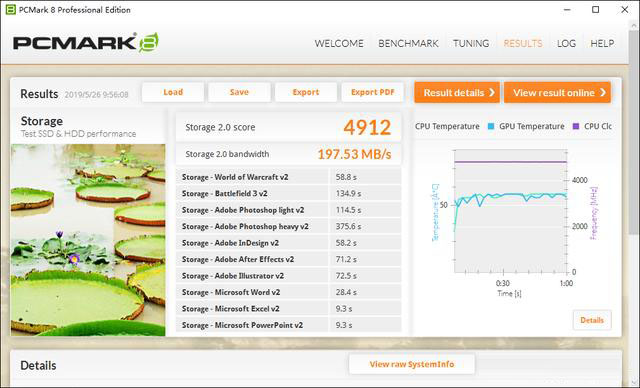
Speed dropping is a common problem to many SATA solid-state drives. In order to avoid meaningless empty-running, before the test, the storage geek pre-writes TR200 and S100to the 128GB uncompressible data, which can simulate the space usage of normal families.

The results of the PCMark 8 storage test are very obvious. The Toshiba TR200 240G defeated the UNIS S100 256GB once again without any suspense, and the performance of the two is not even at the same level. Compared with the stable performance of the TR200, the speed dropping of the S100 is too obvious.

In addition to the place of origin, we should pay more attention on technological development. In addition to the price, we should also promote the spirit of craftsmanship. Although the UNIS S100 did not produce excellent quality, at least the results of it were acceptable, and did not debut from the shoddy.
Toshiba is the inventor of NAND flash internal storage, and UNIS's YMTC is a latecomer which has just been established in the past two years. It is normal for the quality of it lagging behind Toshiba. As a rookie, UNIS started with the 32-layer stacked 3D TLC and is currently targeting to volume product 64-layer 3D TLC at the end of the year. However, Toshiba TR200 and Samsung 970Evo Plus have now applied 96-layer 3D TLC to their actual products. Domestically made is not equal to the simpy clone, facing the gap is the first step to catch up.
